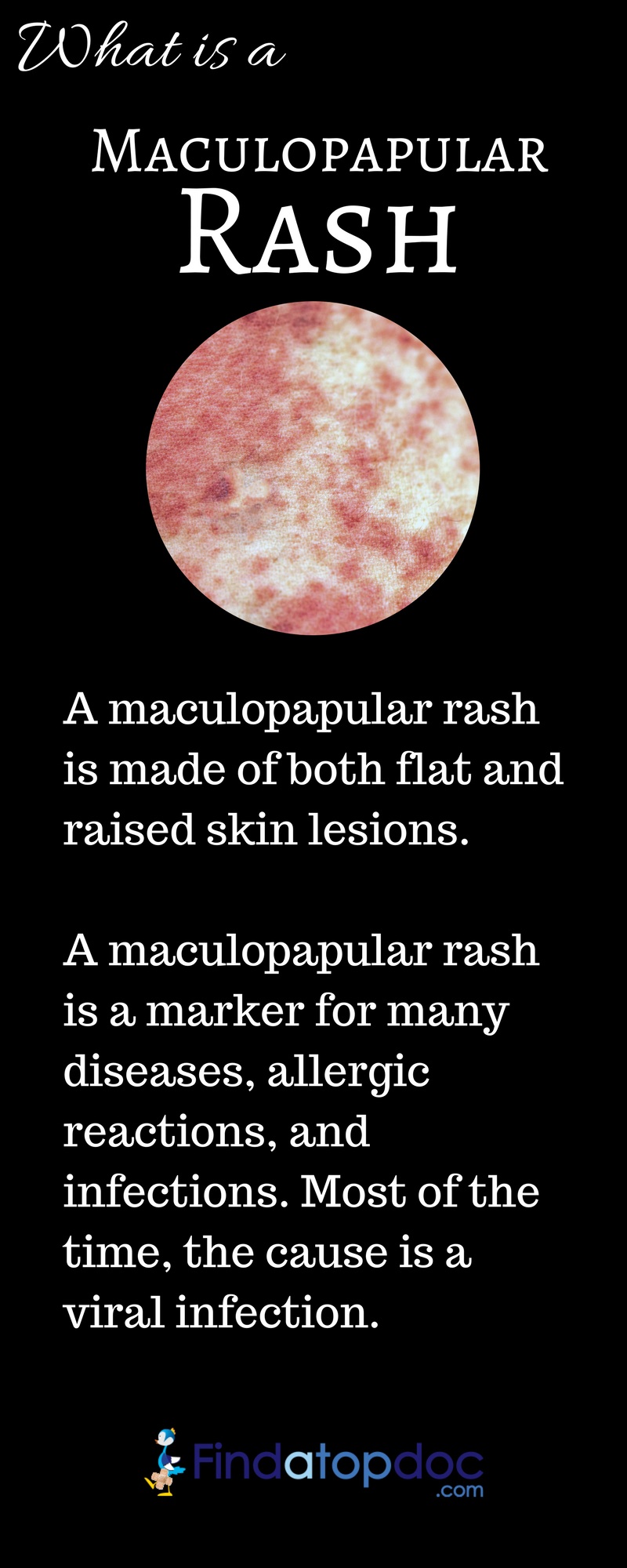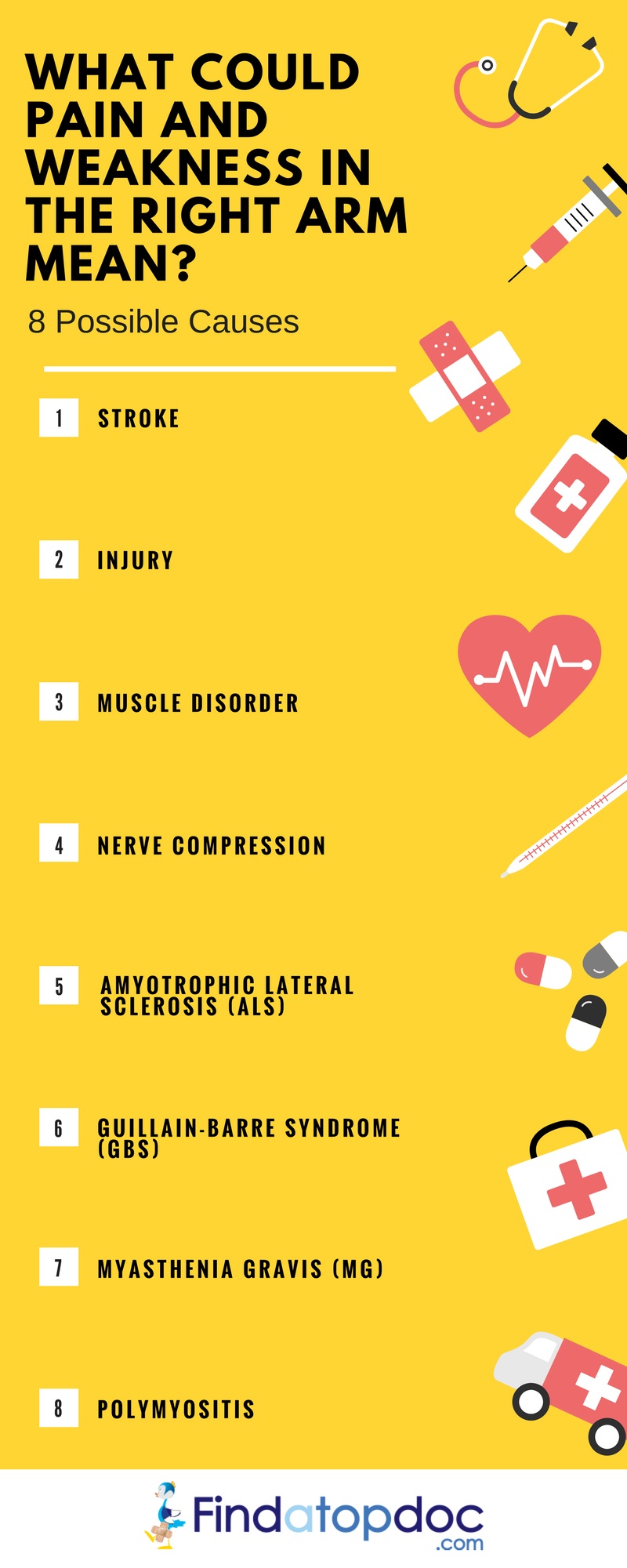A
maculopapular rash is made of both flat and raised skin lesions. The name is a blend of the words “macule,” which are flat discolored skin lesions, and “papule,” which are small raised bumps. These skin lesions are usually red and can merge together. Macules that are bigger than 1 centimeter are patches, while papules that are merged together are plaques.
 Image Source
Image Source
Causes
Rubeola (Measles) -
Maculopapular rash due to measles is very common among children. It begins appearing on the hairline and behind the ears and afterwards spreads through trunk and extremities. When the rash desquamates and becomes brownish, it is starting to fade away. The order on which it appeared follows the order on when it fades away.
Rubella (German Measles) - Maculopapular rash caused by Rubella starts to appear on the face and then spreads downwards.
Roseola (Exanthema Subitum) - This occurs in children less than 3 years old. The maculopapular rash is scattered although the face is often unaffected. It appears after the fever disappears.
Infectious Mononucleosis - Older children and adolescents are affected by this kind of infection. The rash can be seen on the trunks and arms.
Symptoms
A
maculopapular rash looks like red bumps on a flat, red patch of skin. The reddish area may not show up if your skin is dark. The rash is sometimes itchy, and it can last from two days to three weeks depending on the cause. Moreover, how quickly the rash appears and where it appears on your body differs depending on the cause of the rash.
- fever
- headache
- vomiting
- breathing troubles
- muscle pain
- dry skin
Treatment
Once the cause of the rash has been identified, treatment is targeted at the specific cause, and hopefully the rash will disappear after a few days. This is usually the best way of treating a maculopapular rash because it targets the root cause. If the cause is a drug reaction, the doctor can alter your medication, reduce your dosage or offer you an anti-allergy medication to reduce the reaction. Nevertheless, some kinds of pain relievers may still be offered, often in the form of a cream, to reduce pain or itchiness caused by the rash.


